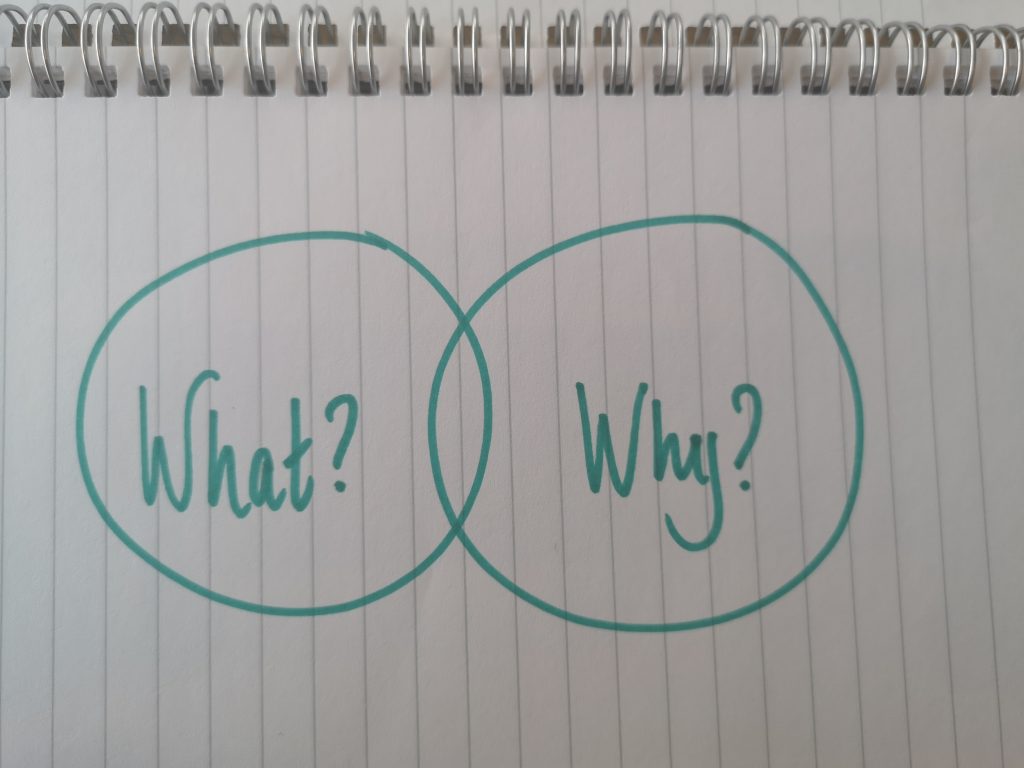Recently, I’ve been working with a few businesses to help them understand their value propositions. Curiously, value propositions seem to be something many businesses, marketers and blog writers get a little confused about.
Essentially, think of a value proposition as a short and pithy statement that demonstrates why your customer should buy your product or service.
Don’t forget, it’s a value proposition – it’s your chance to tell the customer how they will get value from your product.

Why do value propositions matter?
Value propositions matter internally and externally:
- Internally, having a clear and well-understood value proposition keeps your operations focused and on track. It allows colleagues to assess whether their work is inline with the proposition, wherever they sit in the business.
- Externally, the value proposition explains to the customer precisely what you do and why – it tells them how you are addressing their pain point, and why they should buy from you.
What a value proposition isn’t
It’s not a tagline
“Just do it” is one of the best 3-word phrases in marketing history. But it ain’t a value proposition and it was never meant to be one.
It’s not a mission statement
Your mission should inform the value proposition, but they’re not the same thing. The mission statement could/should seek to address customer pain points, but it’s often more inward looking. The value proposition is all about why the customer should buy from you.
It’s not a values statement
Again, connected but not the same. Your values define how you address your business, internally and externally, but not why your customer should buy your product.
It’s not a positioning statement
Once again, positioning and propositions are deeply connected, but not the same. Understanding where you sit in the market is key to being able to address the customer with the proposition.
What you need to know before you define your value proposition
Once you can answer most of the following questions, you should be ready:
- Who are your customers? Not just demographically but psychographically and behaviourally?
- What does your product or service do? What are its features?
- What customer pain point are you addressing? What are your benefits?
- What’s the emotional attachment you want customers have to your brand or product?
- Where do you stand in the marketplace?
Structuring your value proposition
This is up to you. Sort of. Some people prefer a longer form proposition but I tend to favour something short and punchy, typically:
Headline (could be opaque, could be obvious, could be a teaser)
The What (what your product or service does – features)
The Why (benefits, particularly if you can tie them to emotional triggers)
Often these are expanded on later in your marketing, but in essence, these are the key tools you have to attract attention and engage your customer.
A few value proposition examples
Unbounce
Convert More Leads / Sales / Customers
Create custom landing pages with Unbounce—no coding required.
Get the highest-converting campaigns possible with Unbounce Conversion Intelligence™, and our latest AI feature, Smart Traffic.
https://unbounce.com/
As a marketer, one of my biggest challenges is always squeezing more leads from the budget. Unbounce aims to help marketers improve the conversion rate of landing pages.
The headline is simple – clear and uncluttered. It passes the Ronseal test.
The features are simple – build landing pages without coding. But I can do that in WordPress. The benefit, however, is that by Unbounce will allow me to “get the highest converting campaigns possible”. I’m sold.
It maybe doesn’t have much emotional impact, but it’s offering a practical solution to a real pain point.
Trello
Trello helps teams work more collaboratively and get more done.
Trello’s boards, lists, and cards enable teams to organize and prioritize projects in a fun, flexible, and rewarding way.
https://trello.com/
Trello start with the benefit and then explain how the features deliver it – working more productively is the ultimate goal. And adding ‘fun’ into the mix helps sell it on an emotional level. (Disclaimer: I have never had fun using Trello…)
The cynic in me says that Trello is beloved by Operations people who are polar opposites of Marketing types. The ‘fun, flexible and rewarding’ line is perhaps a way the Operations people can sell it to us Marketing folk…
Brex
The financial OS for the next generation of business
Credit cards, bank accounts, payments, expenses, and accounting all in one place keep you in control of your growth.
https://www.brex.com/
Brex is a US-based expense management package. The use of the term ‘financial OS for the next generation of business’ shows us where they want to position themselves: in that subset of the small business marketplace who see themselves as entrepreneurial start-ups. And they address a core emotional trigger common to many business owners: keeping control.
What next?
I’d love to work with you on your value proposition.
One way of doing it is to book a workshop (virtual or on site). Over half a day, I’ll work with key people from your organisation to understand all the key elements we need to craft the proposition.
Then, over the next few days, I will provide some ideas and together we’ll develop your value proposition. Your investment: £1,350.
